WAPCA
Activities
Learn more
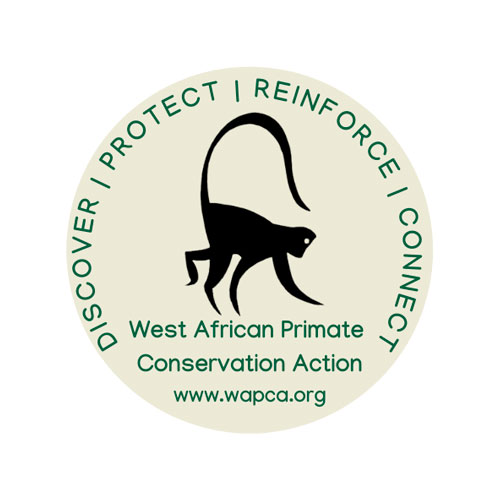
The West African Primate Conservation Action (WAPCA), set up by several European zoos, works to conserve the endangered primates of Ghana and the Ivory Coast, especially the Roloway Monkey (Cercopithecus roloway), which is listed as “Critically Endangered” on the International Union for Conservation of Nature (IUCN) Red List and classed among the world’s 25 most endangered primates, the "Critically Endangered" (and perhaps even extinct) Miss Waldron’s Red Colobus (Procolobus badius waldroni), the "Critically Endangered" White-thighed Colobus (Colobus vellerosus) and the "Endangered" White-naped Mangabey (Cercocebus atys lunulatus).
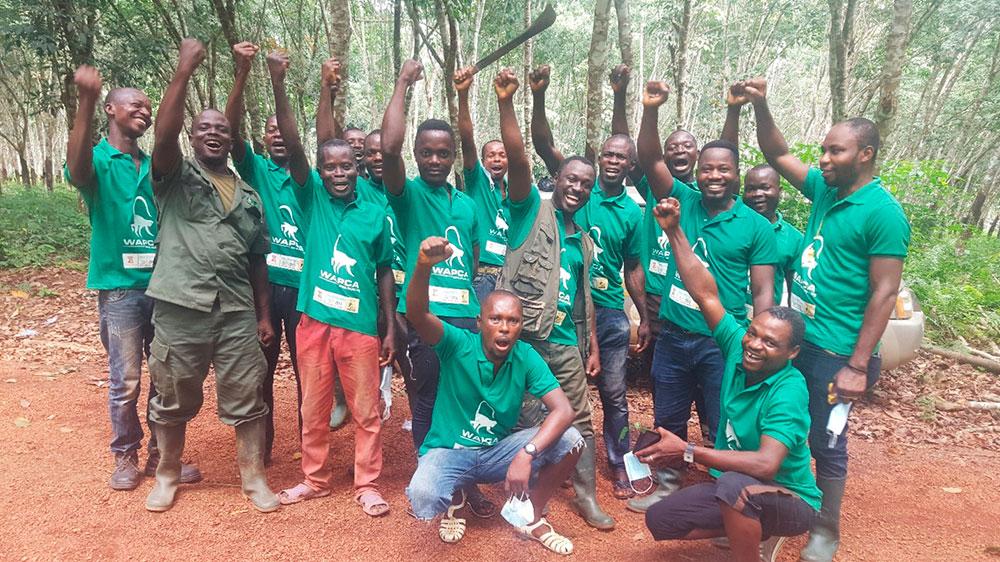
WAPCA Ghana works in different spheres:
- habitat protection in two community reserves (biodiversity monitoring, fight against illegal activities and poaching),
- creation of community tree nurseries and reforestation,
- development of organic agricultural chains (cocoa and coconut oil production) in order to create new sources of income and promote sustainable livelihoods,
- the organising of educational campaigns for both schoolchildren and adults (especially village chiefs).
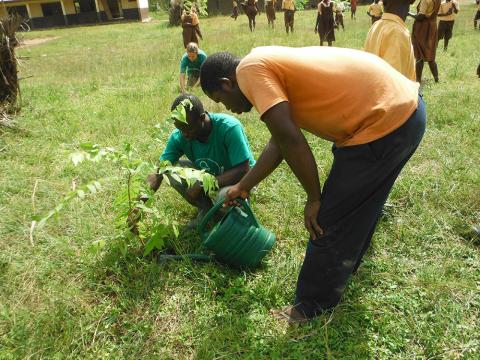
Reforestation © WAPCA 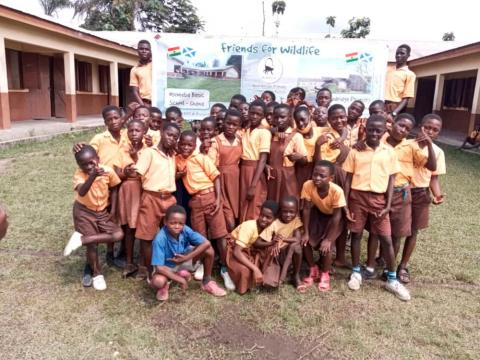
Education © WAPCA
At the same time as its in situ activities, WAPCA Ghana has established the Endangered Primate Breeding Centre in Accra, the country’s capital, which it co-directs with Wildlife Division of Ghana. Orphaned Roloway monkeys and White-naped mangabeys that have been confiscated from hunters are housed in the centre and included in the EAZA Ex situ Programmes for the species in order to maintain an overall healthy captive population that may provide individuals for reintroduction into secure reserves in future.
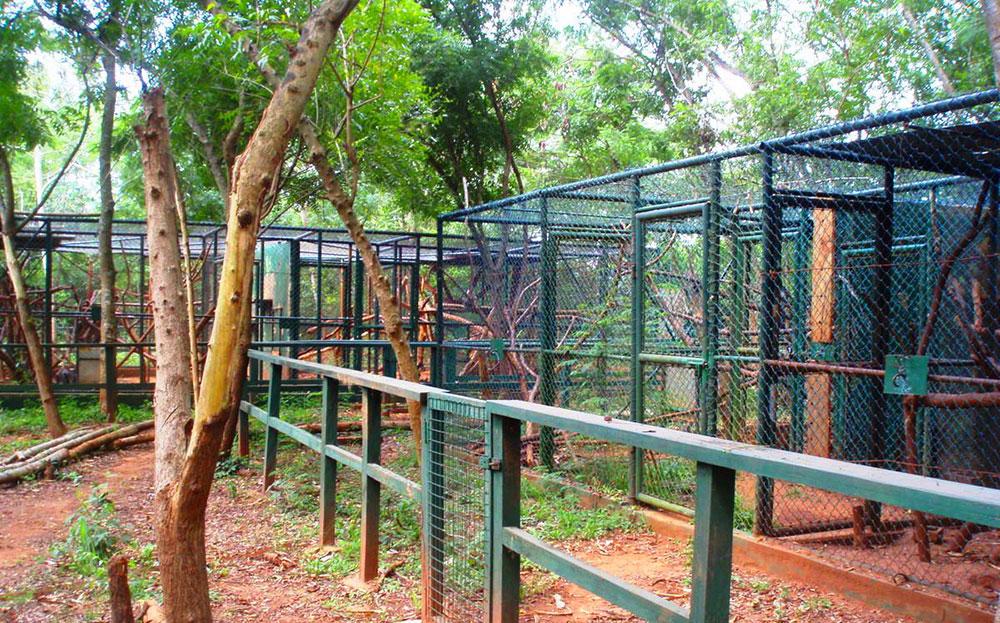
Meanwhile, WAPCA Ivory Coast has explored several of the country’s forests to locate populations of these species and define priority conservation zones. This research revealed that the unprotected Tanoé Swamp Forest, in the far south of the Ivory Coast on the border with Ghana, still had mangabey and Roloway monkey populations. WAPCA Ivory Coast created a community-based management committe to preserve this crucial area and organise regular awareness campaigns in villages in the region. Today, WAPCA Ivory Coast and WAPCA Ghana are developing a cross-border conservation program linking the Tanoé Swamp Forest on one side with Ghana’s Kwabre Reserve on the other (the two sites are only separated by a river).
Palmyre Conservation has helped finance WAPCA since 2001.